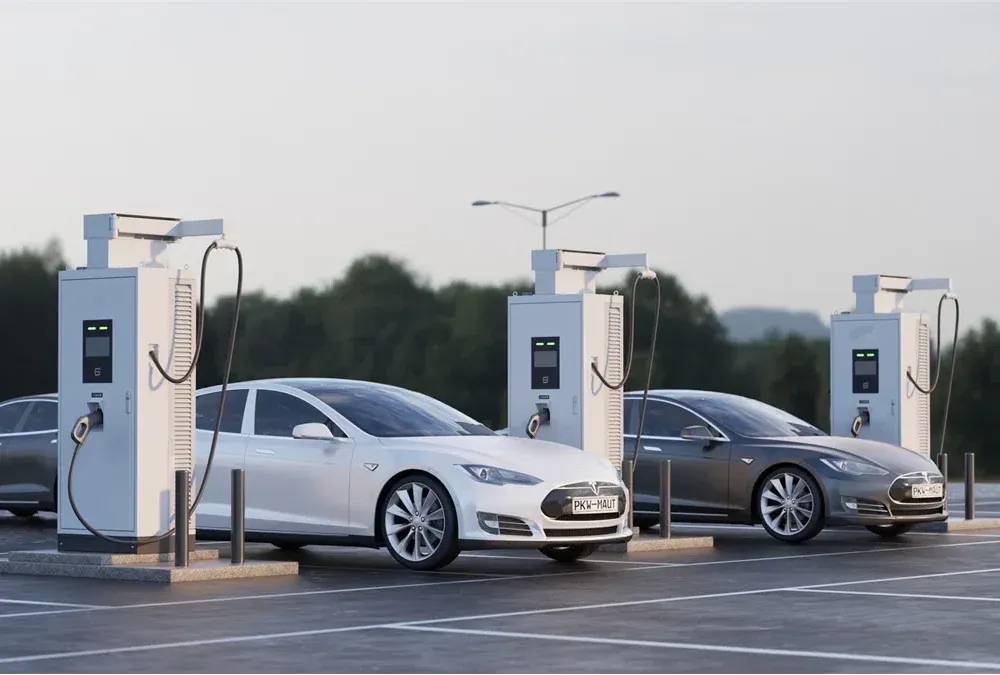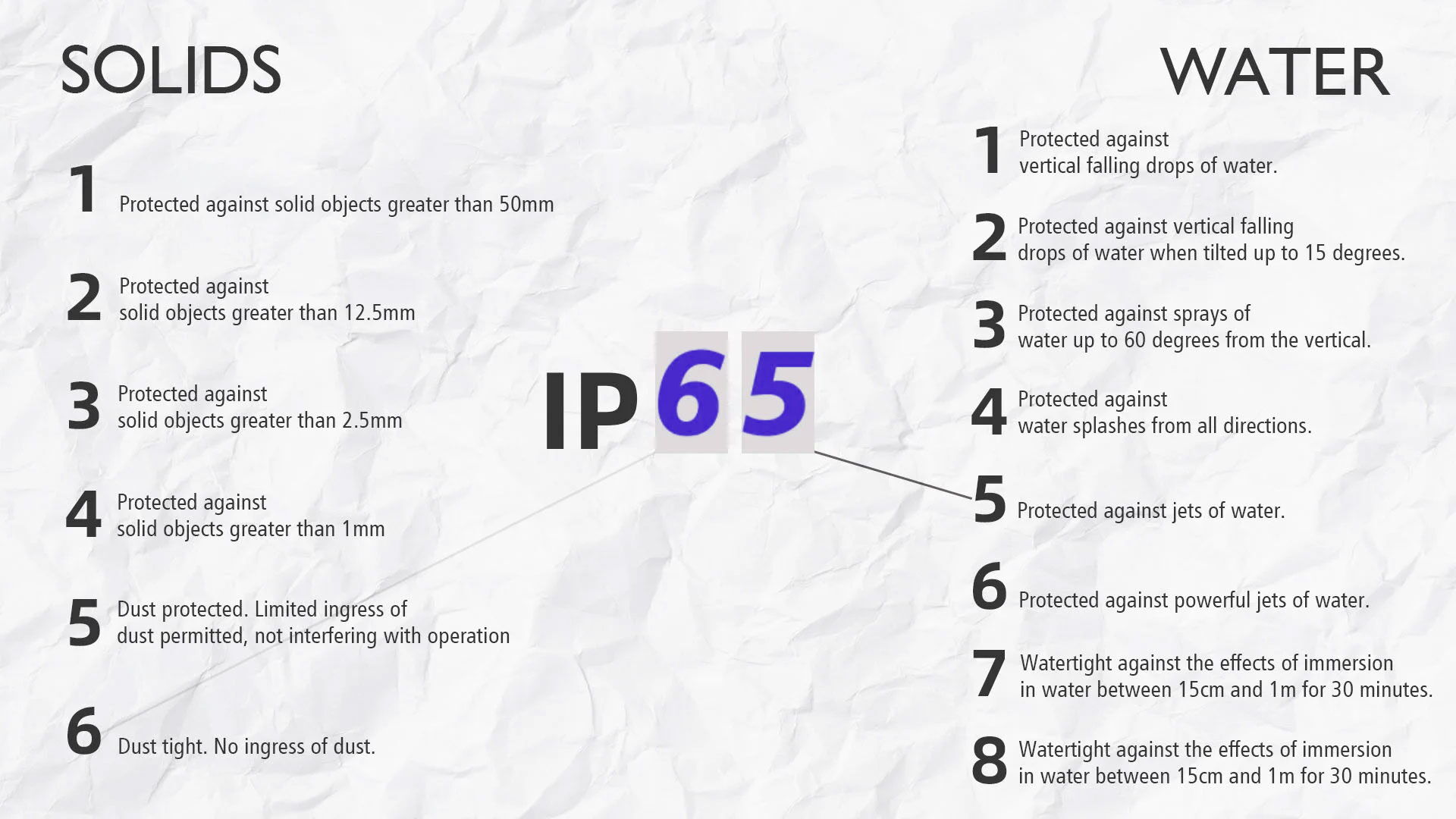As the adoption of electric vehicles (EVs) continues to surge, the demand for reliable and durable EV charging infrastructure has never been greater. For businesses investing in EV charging stations, understanding the protective standards that ensure the longevity and functionality of these devices is crucial. Two key standards that play a pivotal role in this regard are the IP (Ingress Protection) and IK (Impact Protection) ratings. These ratings provide valuable insights into how well an EV charger can withstand environmental factors and physical impacts, respectively. This article delves into the intricacies of IP and IK ratings, explaining their significance, differences, and how to choose the right ratings for your EV charger business.

IP ratings, or Ingress Protection ratings, are an internationally recognized standard (IEC 60529) that classifies the degree of protection provided by electrical enclosures against external elements such as dust, dirt, and water. Essentially, an IP rating serves as a "weather resistance score" for your EV charger, offering a clear indication of how well the device can endure various environmental conditions.
The IP rating is typically represented by a two-digit code. The first digit indicates the level of protection against solid particles like dust, while the second digit denotes the level of protection against liquids, such as water. Understanding these digits is crucial for selecting an EV charger that can operate reliably in different environments.
When it comes to EV chargers, some of the most common IP ratings you’ll encounter are IP54, IP65, and IP67. Here’s a breakdown of what each of these ratings means:
IP54: This rating indicates that the EV charger is protected against limited dust ingress, meaning that while it is not entirely dust-tight, it is sufficiently protected against the amount of dust that could interfere with its operation. Additionally, the charger is protected against water splashes from any direction, making it suitable for outdoor use in areas where it may be exposed to rain or splashing water.
IP65: An IP65-rated EV charger is dust-tight, meaning it is completely protected against dust ingress. This makes it ideal for use in dusty environments, such as construction sites or industrial areas. Furthermore, the charger is protected against water jets, allowing it to withstand more aggressive water exposure, such as from a hose or heavy rain.
IP67: With an IP67 rating, the EV charger is not only dust-tight but also capable of withstanding immersion in water up to 1 meter deep for 30 minutes. This level of protection is particularly important for chargers installed in areas prone to flooding or those that may be exposed to heavy rainfall or standing water.

While IP ratings focus on protection against environmental factors, IK ratings are concerned with the mechanical robustness of equipment enclosures. Specifically, IK ratings measure the level of protection an EV charger has against mechanical impacts, such as collisions, vandalism, or accidental hits. For businesses investing in EV charging infrastructure, selecting chargers with appropriate IK ratings is essential to ensure durability and reliability, particularly in high-traffic or public areas.
The IK rating is represented by a two-digit number, ranging from IK00 (no protection) to IK10 (highest level of protection). The higher the IK rating, the more resistant the charger is to mechanical impacts. For example, an EV charger with an IK08 rating can withstand impacts of up to 5 joules, which is equivalent to the energy of a 1.7 kg mass dropped from a height of 29.5 cm. On the other hand, an IK10-rated charger can endure impacts of up to 20 joules, making it highly resistant to vandalism or accidental damage.
While both IP and IK ratings are essential for evaluating the durability and reliability of EV chargers, they serve different purposes and address different types of risks. Here’s a closer look at the key differences between the two:
IP Ratings: These ratings focus on the protection of electrical enclosures against environmental factors, such as dust, dirt, and water. They are particularly important for ensuring that EV chargers can operate reliably in various weather conditions and environments, from dusty construction sites to rainy outdoor locations.
IK Ratings: In contrast, IK ratings are concerned with the mechanical robustness of the charger’s enclosure. They indicate how well the charger can withstand physical impacts, such as those caused by vandalism, accidental collisions, or other forms of mechanical stress. This is especially important for chargers installed in public or high-traffic areas, where the risk of damage from impacts is higher.
In summary, while IP ratings ensure that your EV charger is protected against environmental hazards, IK ratings provide assurance that the charger can withstand physical impacts, thereby enhancing its overall durability and longevity.
Selecting the appropriate IP and IK ratings for your EV chargers is a critical decision that can significantly impact the performance, reliability, and lifespan of your charging infrastructure. Here are some key considerations to help you make an informed choice:
The first step in choosing the right IP and IK ratings is to evaluate the environment where the EV chargers will be installed. For outdoor installations, especially in areas with harsh weather conditions, a higher IP rating (such as IP65 or IP67) is essential to ensure protection against rain, dust, and other environmental factors. Similarly, if the chargers will be installed in high-traffic or public areas, a higher IK rating (such as IK08 or IK10) is recommended to protect against potential vandalism or accidental impacts.
The amount of foot traffic around the EV chargers is another important factor to consider. In busy public areas, such as shopping centers, parking lots, or urban streets, the risk of physical damage to the chargers is higher. In such cases, opting for chargers with higher IK ratings can help prevent damage from impacts and ensure the longevity of your investment.
Vandalism is a significant concern for EV chargers installed in public or unattended locations. Chargers with higher IK ratings are more resistant to deliberate damage, such as hitting or kicking, making them a better choice for areas where vandalism is a potential risk.
While higher IP and IK ratings offer greater protection, they may also come with a higher price tag. It’s important to strike a balance between the level of protection you need and your budget. For example, if your chargers will be installed in a relatively sheltered environment with low foot traffic, you may not need the highest IK rating. Conversely, if the chargers will be exposed to harsh weather conditions or high levels of physical stress, investing in higher-rated chargers can save you money in the long run by reducing maintenance and replacement costs.
If you’re unsure about the appropriate IP and IK ratings for your EV chargers, it’s a good idea to consult with experts or manufacturers who specialize in EV charging infrastructure. They can provide valuable insights and recommendations based on your specific needs and installation environment.
In the rapidly evolving world of electric vehicles, ensuring the durability and reliability of EV charging infrastructure is paramount. IP and IK ratings offer a standardized way to assess the level of protection that EV chargers have against environmental factors and mechanical impacts, respectively. By understanding these ratings and considering factors such as installation environment, foot traffic, and risk of vandalism, businesses can make informed decisions when selecting EV chargers that meet their needs and provide long-lasting performance.
Ultimately, investing in EV chargers with the appropriate IP and IK ratings not only protects your equipment but also enhances the overall user experience, ensuring that your charging stations remain operational and reliable for years to come. As the EV market continues to grow, staying informed about these protective standards will be key to building a robust and future-proof charging infrastructure.